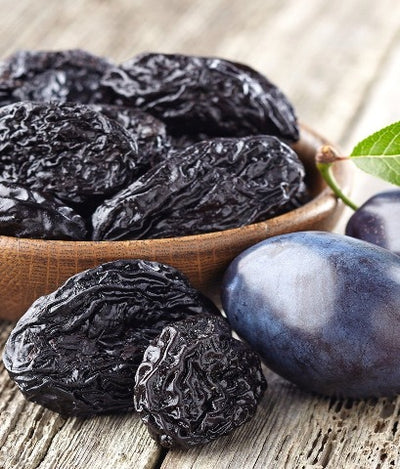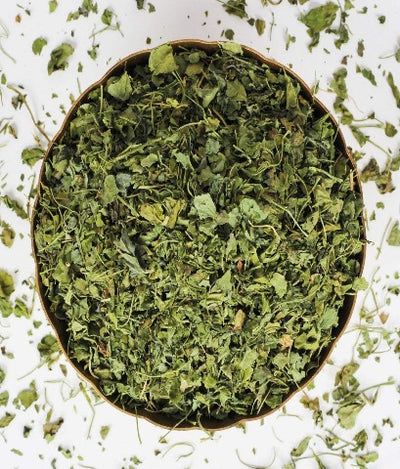Tamarind (Imli املی)
Basic Info:
It's native to Africa but also grows in India, Pakistan and many other tropical regions. The tree produces bean-like pods filled with seeds surrounded by a fibrous pulp. The pulp of the young fruit is green and sour. As it ripens, the juicy pulp becomes paste-like and more sweet-sour.
Nutritional Value:
Tamarind is high in many nutrients. A single cup (120 grams) of the pulp contains:
- Magnesium: 28% of the RDI.
- Potassium: 22% of the RDI.
- Iron: 19% of the RDI.
- Calcium: 9% of the RDI.
- Phosphorus: 14% of the RDI.
- Vitamin B1 (thiamin): 34% of the RDI.
- Vitamin B2 (riboflavin): 11% of the RDI.
- Vitamin B3 (niacin): 12% of the RDI.
- Trace amounts of vitamin C, vitamin K, vitamin B6 (pyridoxine), folate, vitamin B5 (pantothenic acid), copper and selenium.
It also contains 6 grams of fiber, 3 grams of protein and 1 gram of fat. This comes with a total of 287 calories, almost all of which are from sugar.
Health Benefits:
- Maintains digestive health
- Improves blood circulation
- Induces weight loss
- Boosts immunity
- Its anti-inflammatory properties are known to reduce problems like arthritis, joint pain, rheumatic conditions and gout. It is mostly used in herbal remedies for curing inflammation.
- Improves your eye health








